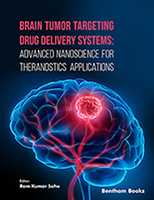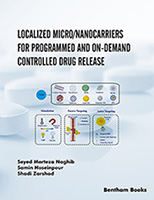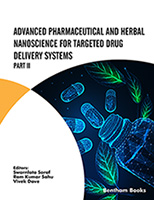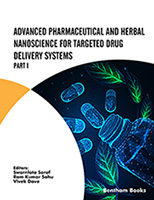The major challenge that I have experienced as a pharmaceutical science professional is to keep abreast of the ever-evolving developments in the field and translating the innovations to ensure better quality of life to human and animals. The history of pharmaceuticals is loaded with a concern for the development of new chemical entities. Only in recent years, the importance of dosage form design has been recognized as a vital component of safe and effective clinical outcomes.
Despite tremendous innovations in drug delivery, the oral drug delivery continues to be a step ahead as a preferred route of administration for therapeutic agents. Some obvious advantages include accurate dosage, low cost, self-medication, non-invasive and easy administration. At the same time, an important drawback with oral dosage forms is “dysphagia” or difficulty in swallowing in paediatric and geriatric populations, leading to noncompliance and ineffective therapy.
Recent advances in novel delivery systems aim to enhance the safety of drug molecules while maintaining the therapeutic efficacy with an overall aim of better patient compliance. To achieve this objective, the concept of Fast Dissolving/Disintegrating Dosage Forms (FDDF) was introduced. FDDF is a perfect example of patient-oriented pharmaceutical approach, which has emerged from the need to provide a convenient way to administer medicines. Solid dosage forms that disintegrate, dissolve, or get suspended in the saliva in the mouth rapidly (in seconds) without chewing or use of water, provide an excellent alternative to swallowing the solid dosage form. This technique facilitates easy swallowing providing significant benefits to the relevant patient population.
In addition to patient compliance, extending the pharmaceutical product life cycle is another reason for the increasing popularity of the FDDFs. As a drug entity reaches the end of its patent life, it is common for manufacturers to develop it in a new and improved dosage form that allows extension of market exclusivity, while offering its patient population a more convenient dosage form. It also leads to increased revenue for the company, while targeting underserved and undertreated patient populations. Generally, the additional cost of manufacturing these specialized dosage forms is only marginally higher, which is easily compensated by additional benefits to patients.
The book covers relevant topics in different chapters, e.g. basic introduction with advantages and key concepts, patented technologies, taste masking approaches, general ingredients for developing formulation, quality control parameters, and critical review of clinical trials, which will be useful for a wide range of readers. The book has also included application of FDDFs to achieve controlled and targeted release which is expected to be of considerable interest to experts as well as new researchers. I strongly feel that this addition to literature will be especially useful to undergraduate pharmacy and post-graduate pharmaceutical science students. The book will serve as a sound source of systematic information for FDDFs. Students and researchers who consider dysphagia or pharmaceutical marketing during innovative product development will find it as a welcoming tool. A single textbook that brings together inputs from experts in all of these subjects is certainly an invaluable asset to pharmaceutical industry.
I wish to congratulate the editor, team of authors and Bentham publisher for excellent work and contribution to the pharmaceutical sciences. It is especially pleasing to note that a small Master’s project undertaken by Dr Vikas Anand in his early years motivated him to continue working in the field and led to this wonderful compilation.
Sanjay Garg
School of Pharmacy and Medical Sciences
University of South Australia, City East Campus
Adelaide, SA
Australia





